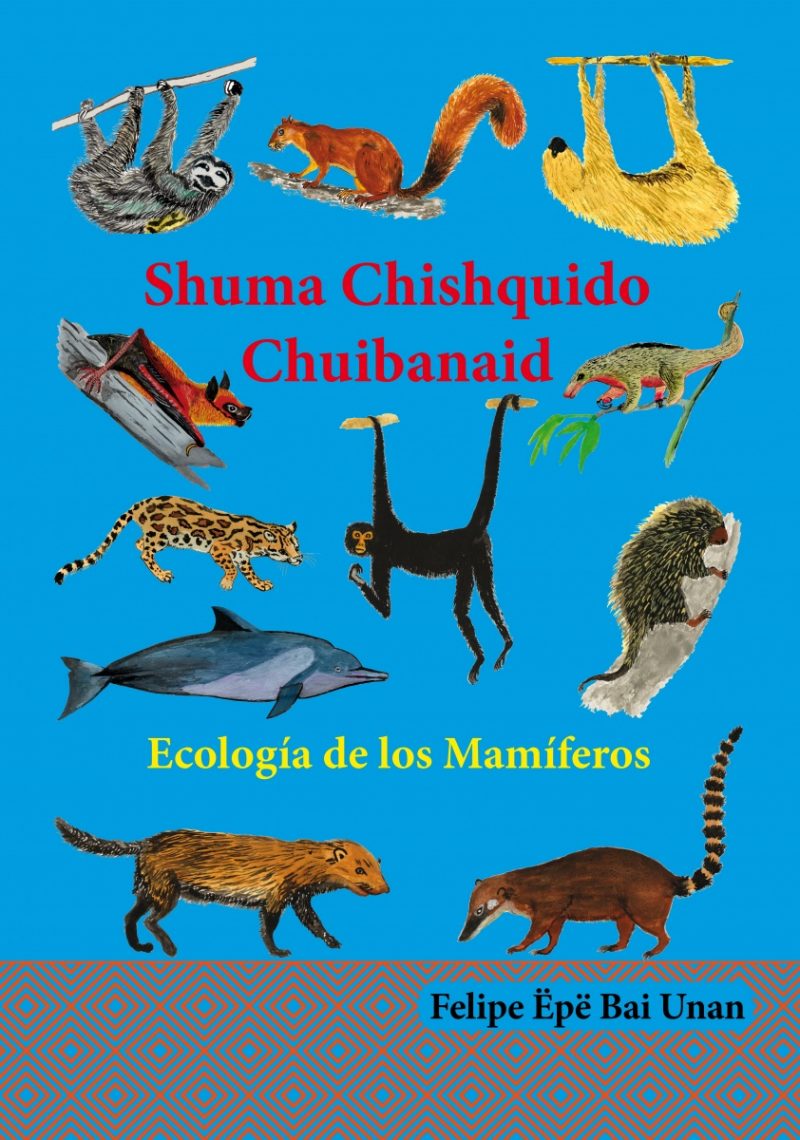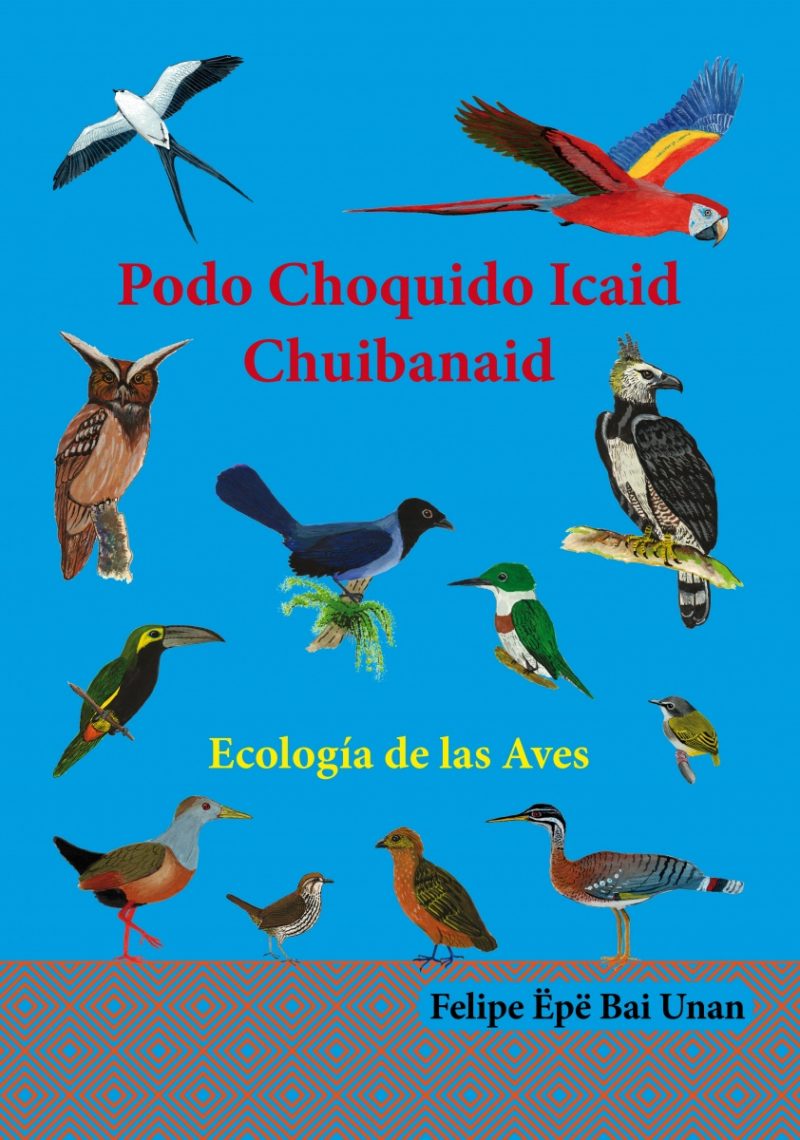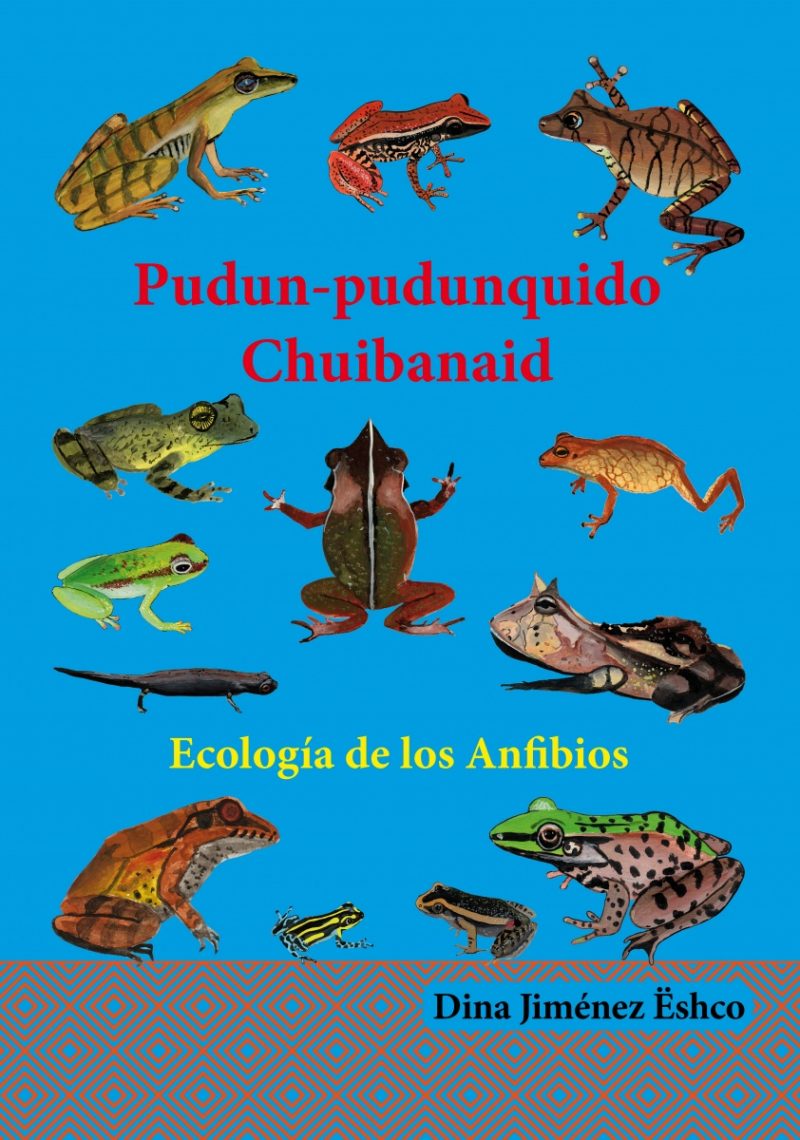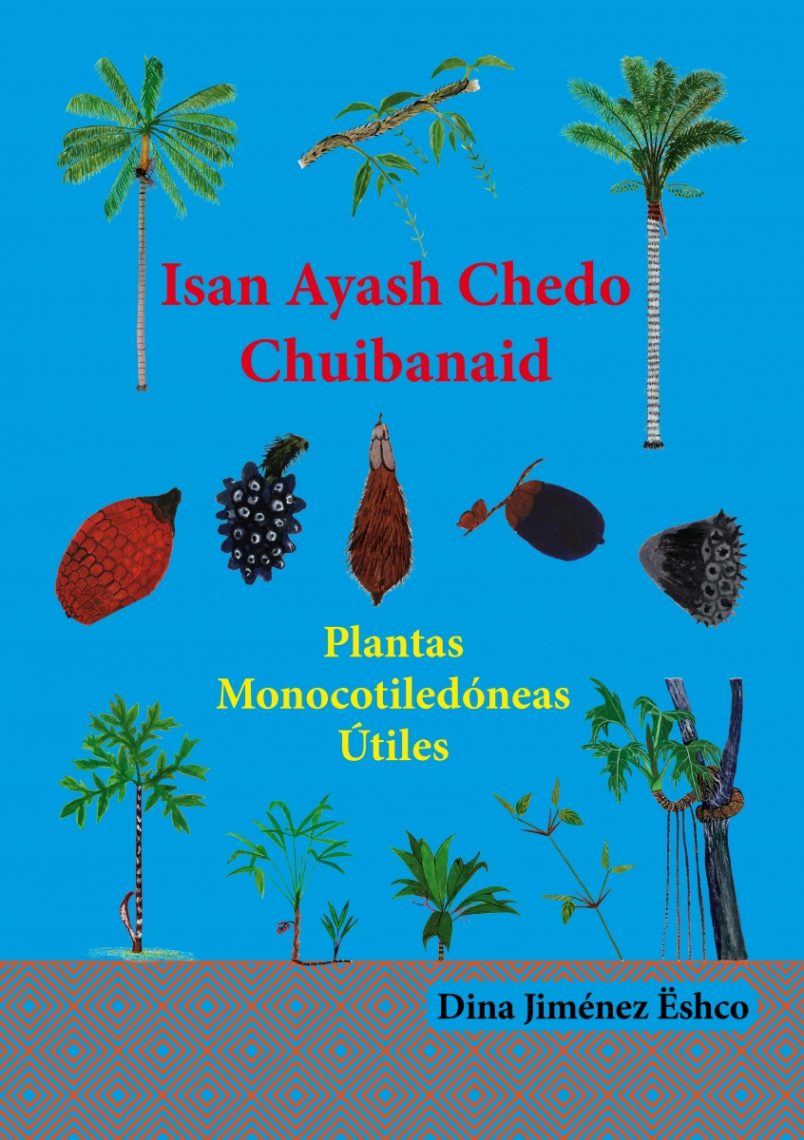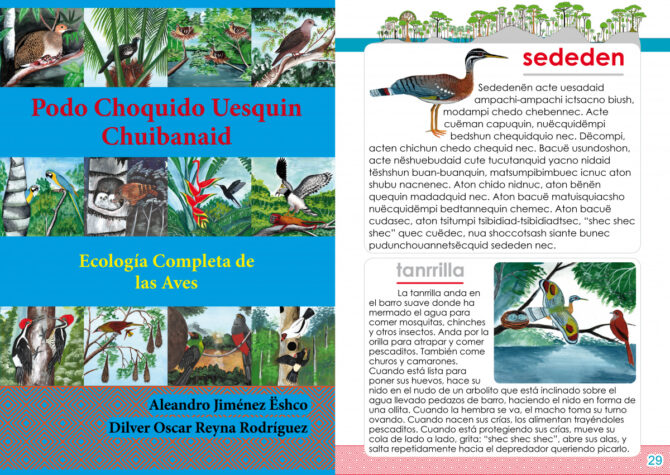
The fate of a culture is inseparably bound to its language. The present state of native language education in most indigenous groups of the Amazon is deeply problematic. Although access to bilingual education is recognized by national governments, including Peru, as a fundamental right of indigenous peoples, the challenges to the development and successful implementation of such educational programs are multifold. Smaller and remote indigenous groups and communities with less external resources face the greatest challenges.
As the Matsés assimilate to mainstream society, their traditional ecological knowledge, which is extensive and essential to their subsistence, is not being passed down to younger generations. Consequently, young Matsés, who today spend more time in the classroom than in the forest, are not obtaining the knowledge required to hunt, fish, and utilize wild plants. At the same time, the modern school system, which is replacing traditional education, is of such poor quality that children are not learning to read at an early age and youths are not acquiring skills at a level that allows them to interact successfully with the national society or find good jobs when they seek employment outside of their territory. Literacy is also critical for governance and defense of their territory.
Matsés Home Reader
Acaté’s work led by Dr. David Fleck has included publication in 2017 of an innovative reader developed to provide a tool for Matsés families to impart literacy in their native language to their children. This 146-page reader included 200 original watercolor illustrations of animals, plants, artifacts and other elements of the local environment and of Matsés culture painted by the Matsés artist Guillermo Nëcca Pëmen Mënquë. This book was distributed and utilized across all Matsés villages in Perú.
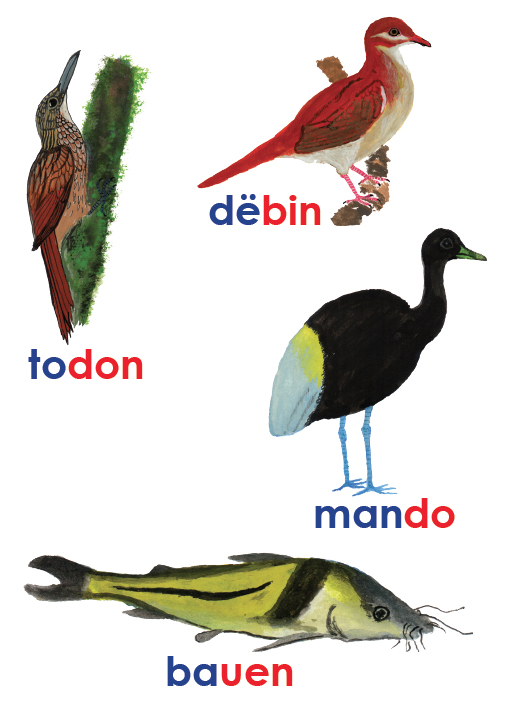
Structured on an understanding of the components of Matsés language, the reader is designed for accelerated learning. The reader can be used in both school and in the home; the latter is critical, particularly for smaller communities in which schools are inconsistently operational due to limited staffing.©Acaté
Elementary Ecological Matsés Readers
This work was followed by the publication of a series of seven highly engaging bilingual children’s books on rainforest amphibians, birds, fish, invertebrates, mammals, plants, and reptiles. These beautifully illustrated books were authored by Matsés elementary school teachers and designed to encourage reading in both Matsés and Spanish while facilitating the intergenerational transmission of ancestral ecological knowledge. The books are all available for download as pdfs in the links below
To access and view the full readers, click on the links in the captions.
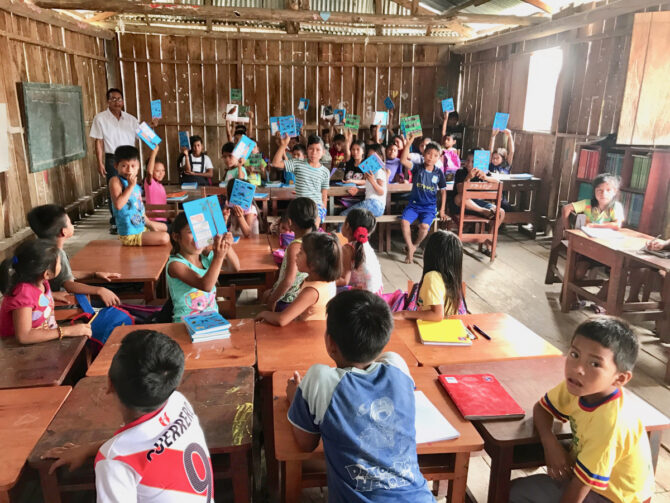
Advanced Ecological Matsés Readers
The next group of printed books we published, the Advanced Ecological Readers, coverbirds, mammals, and reptiles, designed to further facilitate the intergenerational transfer of traditional ecological knowledge and assist Matsés students in learning to read.
 The Advanced Reader series, initially piloted in the Advanced Introduction to the Ecology of Mammals, is designed for 4th to 6th grade students and conveys a greater depth of ecological information than the elementary readers which are designed for Matsés children in early primary school. As with the elementary readers, each volume features watercolor drawing by Matsés artist Guillermo Nëcca Pëmen Mënquë. Matsés elders with the most knowledge of natural history were recorded and then project participants joined workshops with the elders to author the books. The importance of maintaining this knowledge and the connection to the flora and fauna in their territory is vital to the long term survival of the Matsés and the continued protection of their territory.
The Advanced Reader series, initially piloted in the Advanced Introduction to the Ecology of Mammals, is designed for 4th to 6th grade students and conveys a greater depth of ecological information than the elementary readers which are designed for Matsés children in early primary school. As with the elementary readers, each volume features watercolor drawing by Matsés artist Guillermo Nëcca Pëmen Mënquë. Matsés elders with the most knowledge of natural history were recorded and then project participants joined workshops with the elders to author the books. The importance of maintaining this knowledge and the connection to the flora and fauna in their territory is vital to the long term survival of the Matsés and the continued protection of their territory.
The series of printed ecologic readers more than doubling the amount of native language books available for Matsés children.
First Dictionary Phone App for an Amazonian Indigenous Language, Taxonomic Encyclopedia of Rainforest Animals and other Cell Phone Apps
The Matsés are in many ways the most traditionally conservative indigenous group in Peru, yet a traveler might be surprised to observe the widespread use of cellular telephones in Matsés villages, particularly among the youth. Young adults hand down their outdated phones to children. While not all Matsés own one, they all have access to them and, despite the lack of internet or cell phone service in Matsés territory, they spend a lot of time using cell phones to listen to music, watch videos, take and edit photos, and play video games. This is actually a trend in indigenous communities throughout the world, mirroring non-indigenous communities. Acaté is taking advantage of this technological opportunity to create dictionary applications and other electronic pedagogical materials for the Matsés language.
The phone applications developed include the first-ever dictionary app created for an Amazonian indigenous language. The dictionary has searchable entries in Spanish, English, and the Amazonian regional dialect of Spanish. It is one of the most comprehensiev dictionaries for any language that lacks a long written tradition.
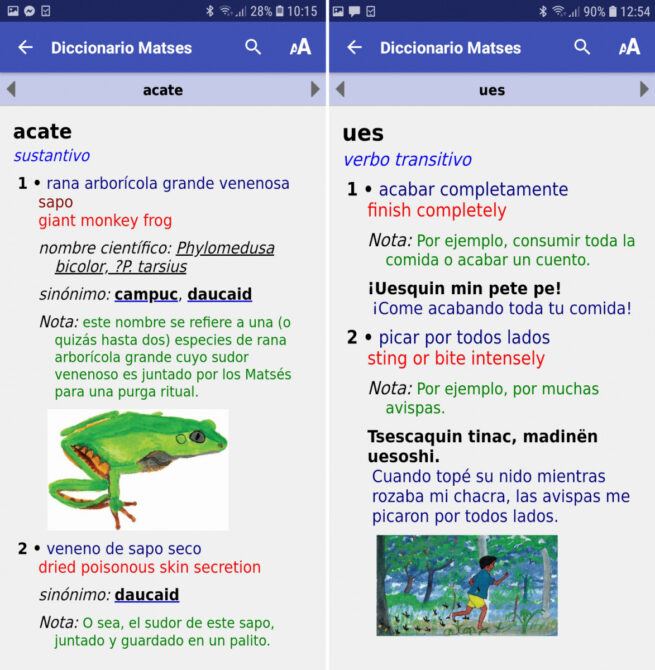
The next phone app, Aprende a Leer Matsés, was an instant hit among the Matsés children. It is a fun interactive application with incorporated audio clips that teaches Matsés children to read at the word level in their language. It features 200 key words in Matsés. On the odd pages each letter of the Matsés alphabet is introduced with 5 or 6 simple words. On the even pages the children have a matching game where they tap the image and then the word to see if they can associate the word and image.
The following two phone apps are the Plantas Matsés and Animales Matsés. Older Matsés men and women know the names of all the animals, but many young Matsés know only the more common species, so one of the principal aims of this app is to encourage the intergenerational transmission of traditional ecological knowledge. Non-readers can use the app to learn the animal names by tapping the images, emergent readers can learn to read at the word level in Matsés, and older Matsés students can use it to learn the local Spanish names and to become familiar with scientific classification. At all levels younger Matsés will become familiar with the traditional nomenclature of all the types of animals and plants in their territory.
